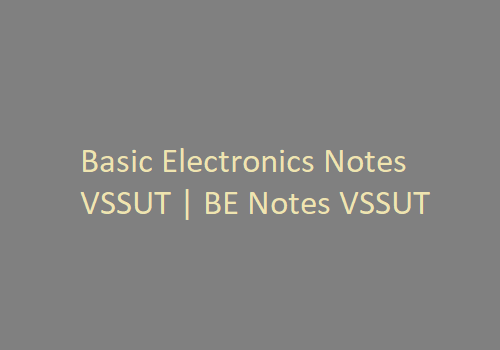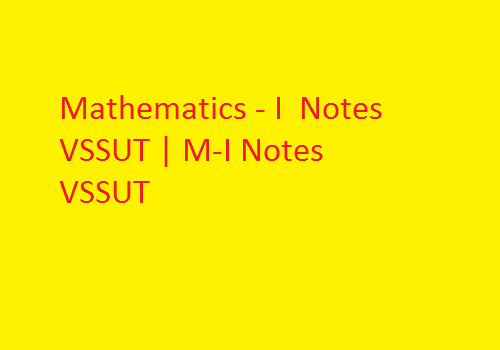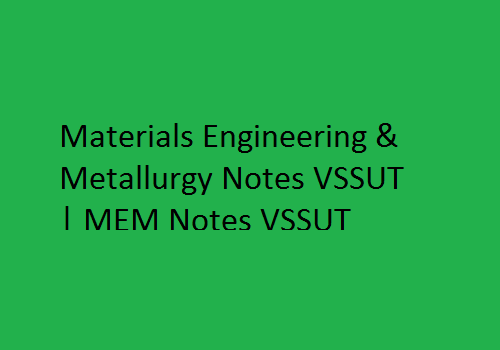Entrance Life Science 2015 Question Papers with Solution PDF
Below you can discover in the listed below web link of GATE Life Science 2015 Question Papers with Solution PDF – GATE
ENTRANCE XL-M 2015 Key Paper Couple of Same inquiries from previous Gate XL concern documents are listed here:
1. Ribulose-5-phosphate epimerase is associated with which among the adhering to procedures?
( A) Glycolysis
( B) TCA cycle
( C) Glycosylation
( D) Pentose phosphate path
2. Proteolytic enzymes are normally biosynthesized as big, non-active forerunners called
( A) holoenzymes
( B) ribozyme
( C) zymogens
( D) apoenzymes
3. The development of a carbocation, likewise called an oxonium ion, happens throughout the response militarized by
( A) aldolase
( B) lysozyme
( C) ribonuclease
( D) carboxypeptidase
4. Which among the adhering to is NOT a receptor tyrosine kinase?
( A) Platelet obtained development element receptor
( B) Insulin like development aspect – 1 receptor
( C) Macrophage nest stimulating aspect receptor
( D) Transforming development variable β receptor
5. A tube like membrane layer framework that develops the link in between the endoplasmic reticulum of surrounding cells with plasmodesmata is
( A) Desmotubule
( B) Desmosome
( C) Dictyosome
( D) Microtubule
6. 2 comparable holotypes are called
( A) Monotype
( B) Neotype
( C) Isotype
( D) Syntype
7. Which of the adhering to decreases the transpiration price when put on airborne components of plants?
( A) Phosphon-D
( B) Paraquat
( C) Phenyl mercuric acetate
( D) Valinomycin
8. The course of enzymes, which militarize enhancement of teams to dual bonds and non-hydrolytic elimination of chemical teams, is
( A) oxidoreductase
( B) transferase
( C) hydrolase
( D) lyase
9. Where do B lymphocytes obtain immune proficiency?
( A) Thymus
( B) Bone Marrow
( C) Lymph nodes
( D) Spleen
10. What is the function of the notochord throughout organogenesis in a vertebrate embryo?
( A) Signaling the advancement of placenta
( B) Induction of neural plate development
( C) Stimulation of the umbilical chord development
( D) Suppression of the advancement of extra-embryonic membrane layers
Please do not hesitate to comment listed below for any kind of questions from Smart globe Team
 Btech Notes Place for all Btech Engineering Notes
Btech Notes Place for all Btech Engineering Notes



